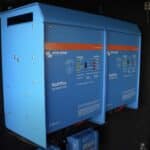
MENUMENU
TALK TO AN EXPERT
Special Hours: 7AM – 6PM PST
TALK TO AN EXPERT
Special Hours: 7AM – 6PM PST
Is a 48V system right for you? For most RVs, boats, and off-grid homes, 12V is still the standard. But when your power needs climb—running air conditioning, large solar arrays, or whole-home loads—a 48V lithium battery bank can be the smarter choice.
This guide helps you decide if you really need 48V, explains the tradeoffs, and shows how to design a safe, reliable system if you do.
For decades, 12V DC has been the standard for RV and marine applications. It’s compatible with the widest range of appliances, lighting, pumps, and electronics, making it the natural choice for most mobile power systems. This voltage, however, was not originally designed for higher power loads and can be a challenge when adapting it to modern power needs.
A 48V battery system, on the other hand, is common in higher-power stationary and industrial applications. By quadrupling the voltage, you can deliver the same amount of power with one-quarter the current. That means smaller wire sizes, less heat loss, and improved efficiency in inverters and charge controllers.
For example, a 50A MPPT solar charge controller running at 12V can only handle about 600 watts of solar. The same controller at 48V could handle 2400 watts, which is a massive difference for large solar arrays and those investing in a 48V solar battery bank.
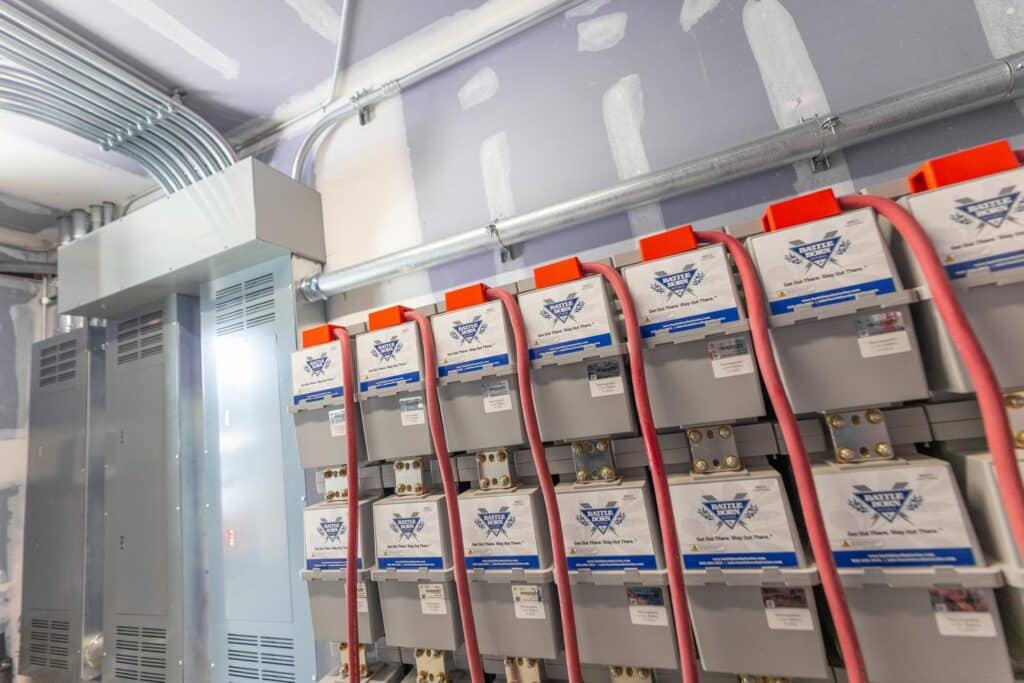
One of the main reasons people choose a 48V lithium battery system is efficiency. Higher voltage means lower current, which means less energy lost as heat in wires and connections. Inverters and other power electronics also tend to run more efficiently at higher voltages.
A 48-volt lithium battery bank is still considered “touch safe” (under 50V), which keeps it within safer handling limits compared to the hundreds of volts used in households and electric vehicles.
The real performance jump is in systems that require large amounts of power. With a lithium 48V battery system, it’s possible to run larger inverters, take better advantage of high-capacity MPPT solar controllers, and build systems that can comfortably support air conditioning, induction cooking, and other heavy loads.
The most significant drawback is compatibility. Almost all RV and marine appliances are designed for 12V DC. That means if you have a 48V LiFePO4 battery bank, you’ll need to convert that power down to 12V using DC-DC converters if you have a 12V native system. These converters add cost, complexity, and potential failure points.
Tapping 12V directly off one battery in a 48V series bank is never recommended, as it will cause battery imbalance and shorten battery life. This was a common mistake in older golf cart designs that led to premature battery failures.
Another limitation: fewer appliances are built to run directly at 48V. Even 24V systems have more options available. Unless your system is primarily running AC loads through an inverter, you’ll need to plan for these limitations.
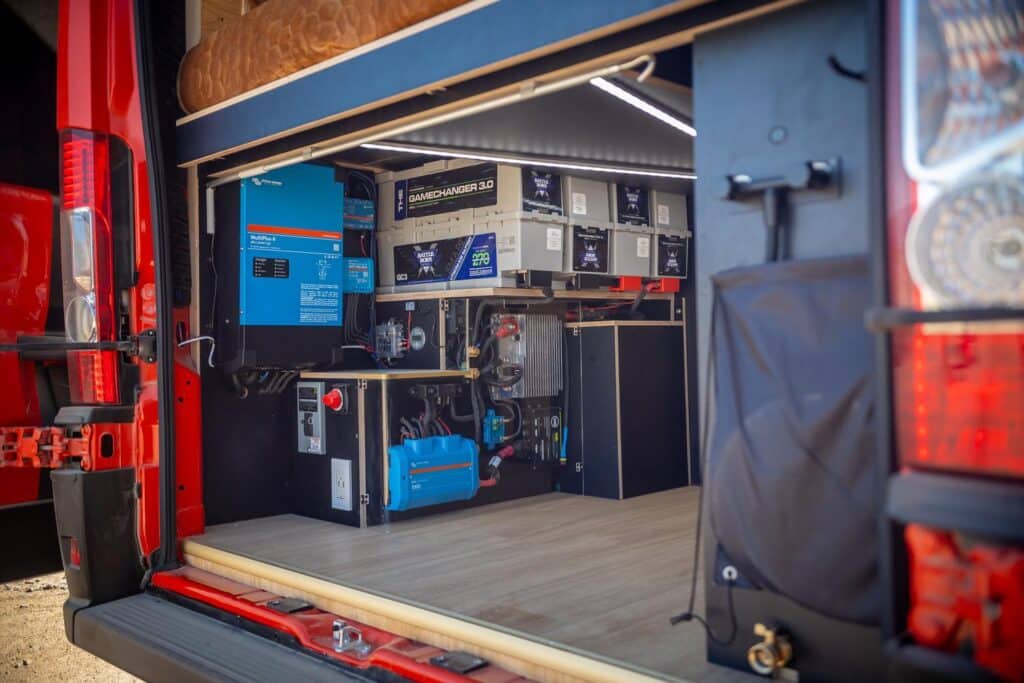
While most RVs are designed around 12V, upgrading to a 48V RV lithium battery system can make sense for larger rigs, fifth wheels, and motorhomes with residential-style appliances or large solar systems. The main advantages for RVers include:
For smaller RVs, van conversions, and travel trailers that rely mostly on 12V fridges, fans, and lights, a 12V or 24V system is often simpler and more cost-effective. For larger or custom RVs with residential loads, however, a 48V LiFePO4 battery system can provide a more robust foundation.
The jump to a 48V marine lithium battery system is appealing for larger boats and yachts with significant electrical demands. The benefits include:
The main challenge for boaters is that most navigation and onboard electronics still run on 12V. That means DC-DC converters are required to step down power safely. For serious bluewater cruisers or liveaboards, though, a 48V lithium battery bank can unlock the freedom to run more residential comforts off-grid.
When it comes to stationary power, 48V is the most common choice for off-grid homes and cabins. Homes have no native 12V power system to contend with as most power is transmitted at 120 or 230V AC and would require an inverter. It strikes a balance between safety and efficiency, making it ideal for whole-home systems. Advantages include:
Challenges include the need for properly rated disconnects, breakers, and cabling and inverters. But for homeowners looking for reliable long-term off-grid power, a 48V LiFePO4 battery bank is often the backbone of the system.
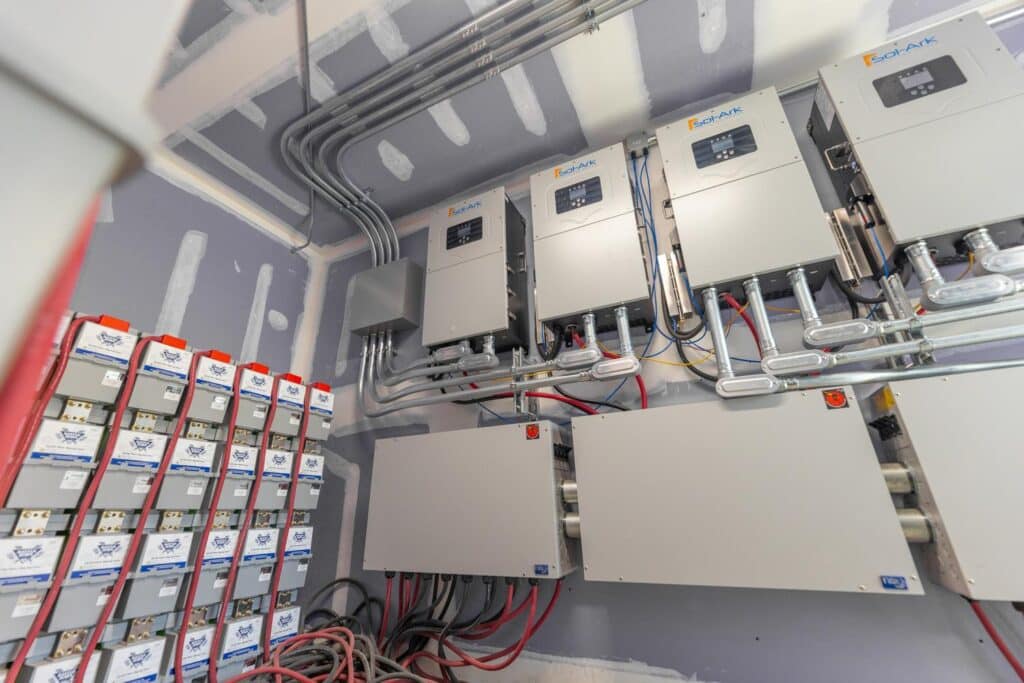
You can create a 48V bank by wiring four 12V lithium batteries in series, or by using a dedicated 48V lithium battery. Both use the same LiFePO4 cells internally, but the wiring configuration and battery management system (BMS) differ. A 48V BMS must handle the higher voltage and provide the same protections as our 12V models.
Series-connected systems require careful balancing. Unlike a single 12V battery, a series string benefits from being fully charged regularly to ensure each battery stays in sync. If left at a partial state of charge too often, an imbalance can develop. We recommend individually charging each series battery fully once per year.
Our 48V LiFePO4 batteries have native balancing capabilities to minimize this, but large swings in charge state can still overwhelm any battery balancing system.
Shore Power / Grid / Generator: Charging from shore power isn’t fundamentally different, but you’ll need a 48V charger or inverter/charger. Efficiency can be slightly higher (about 1–2%) than at 12V, but the small difference can add up over time.
Alternator Charging Off Engine: This is where things get tricky. You can’t simply connect a standard 12V alternator to a 48 volt lithium battery bank. You’ll need either:
Note: These systems are more complicated to implement and typically require specialty training or professional guidance.
Solar Charging: Large solar arrays benefit the most from a 48V solar battery system. The higher battery voltage allows more watts to pass through the same size charge controller (as long as its rated for 48V batteries), which can significantly reduce equipment costs in big systems.
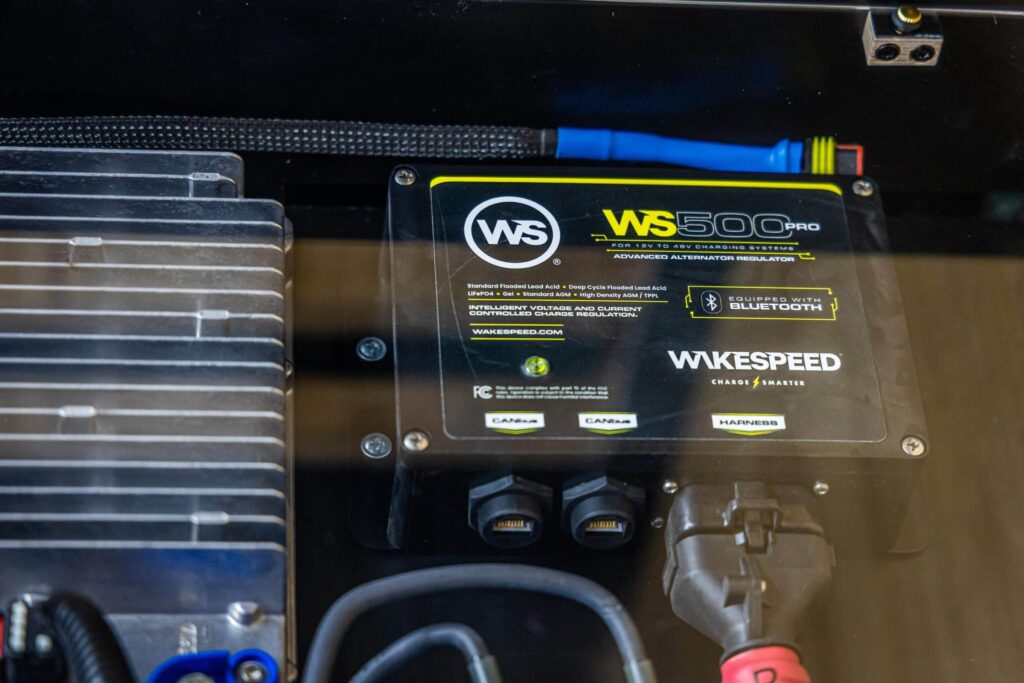
A 48V lithium battery system often costs more up front. Higher-voltage inverters, chargers, and DC-DC converters can be pricier, and you may need additional components to step down to 12V. However, for large systems, the savings in copper wiring (smaller gauge required) and the ability to use fewer charge controllers for the same solar output can offset part of that cost.
If your needs are under 3kW continuous power, 12V is often the most cost-effective. Between 3–6kW, 24V becomes attractive. Above 6kW, a 48V lithium battery system is usually the best choice.
Lower amps = cooler cables, smaller breakers, and easier compliance with voltage-drop targets.
It’s possible to have a 48V RV, boat, or off-grid home house bank and still run a 12V system for lights, pumps, and electronics. The key is to use high-quality DC-DC converters (like the Wakespeed converter mentioned before) rather than tapping off part of the bank.
If you’re planning a new build and expect your power demands to grow, starting with a 48V battery bank can make expansion easier. While you may initially run a smaller inverter or solar array, the higher voltage infrastructure will be ready to support upgrades without a full redesign.
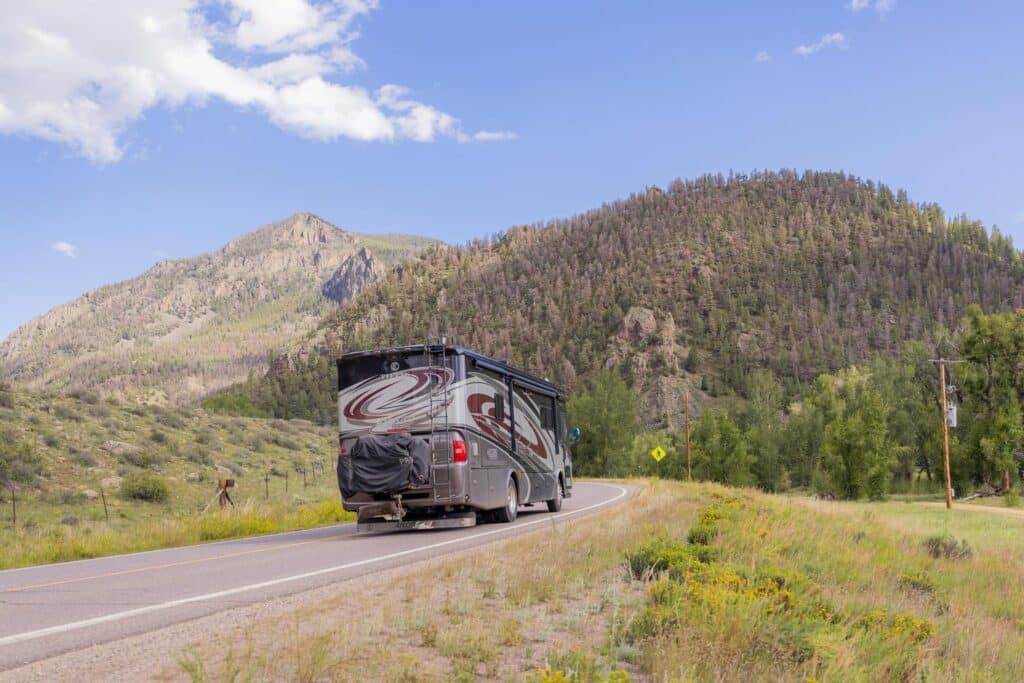
| Feature | 12V | 24V | 48V |
| Common in RVs | ✔️ | Limited | Rare |
| Wire Size | Largest | Medium | Smallest |
| Appliance Options | Most available | Moderate | Few |
| Efficiency For Large Loads (Inverters) | Lowest | Medium | Highest |
| Best For | <3kW systems | 3–6kW systems | >6kW systems |
A 48V lithium battery system is worth considering if two or more of these apply:
If your heaviest load is a 12V fridge and a laptop, 12V will almost always be simpler and cheaper.
A 48V RV, marine, or off-grid lithium battery system isn’t automatically “better” – it’s better for the right application. For large-scale off-grid or high-demand mobile power systems, it can deliver real efficiency gains. For smaller setups, the added complexity may not be worth it.
If you’re considering a 48V solar battery setup, our technical team can help design a system that meets your needs and avoids the pitfalls that can come with higher-voltage builds.
Q: Can I run my existing 12V fridge and lights on a 48V system?
A: Yes, use a 48→12V DC-DC converter sized for your loads.
Q: Is a 48V LiFePO4 battery safe to touch?
A: 50V for regulation purposes is considered touch safe, but 48V batteries can be charged up to 58V. We recommend wearing gloves and handling 48V systems like a high-voltage component. While a dangerous shock is unlikely at 48V, they can still be dangerous in certain conditions.
Q: Will my 12V alternator charge a 48V bank?
A: Not directly. You’ll need a step-up DC-DC or a dedicated 48V alternator.
Q: What size inverter matches a 48V RV system?
A: You will need a 48V specific inverter; most use 4–6kVA inverters at 48V. If you’re under 3kW, 12V or 24V may be better.
Q: Can I mix 12V and 48V batteries?
A: No—use converters, not mixed packs.
Q: How big should my 48 volt lithium battery bank be?
A: Daily kWh × desired runtime ÷ 0.8 = target kWh. Convert to Ah: kWh × 1000 ÷ 51.2 ≈ Ah at 48V.
If you’ve decided that a 48V lithium battery system is right for your RV, boat, or off-grid setup, our pre-configured kits make it simple to build a reliable foundation. Each kit includes trusted Battle Born LiFePO4 batteries paired with the right supporting components for a balanced, safe installation.
Each kit is engineered for balance, safety, and longevity, so you can spend less time sourcing parts and more time powering your adventures.
We know that building or upgrading an electrical system can be overwhelming, so we’re here to help. Our Reno, Nevada-based sales and customer service team is standing by at (855) 292-2831 to take your questions!
Also, join us on Facebook, Instagram, and YouTube to learn more about how lithium battery systems can power your lifestyle, see how others have built their systems, and gain the confidence to get out there and stay out there.
Shop Best Sellers
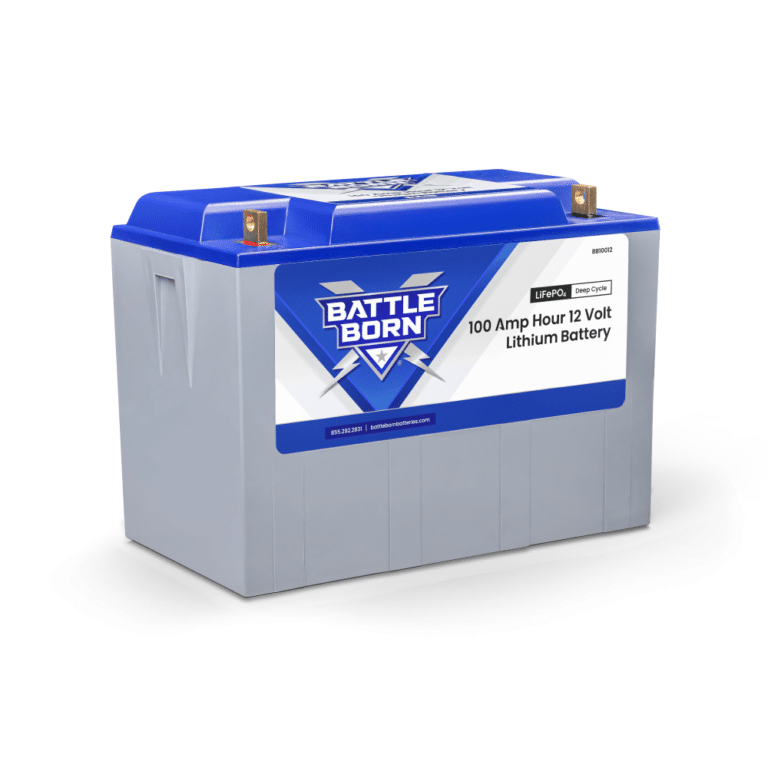
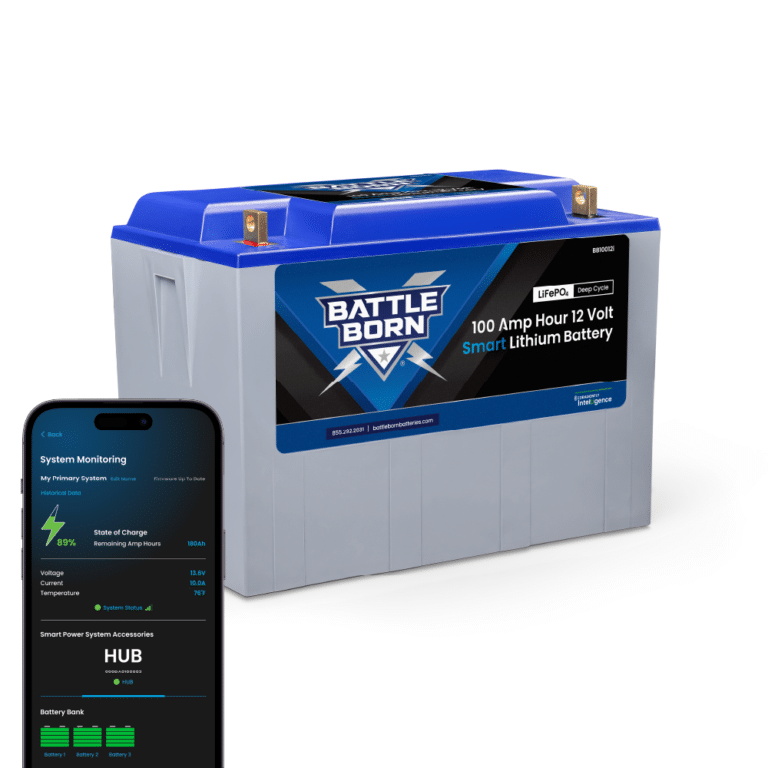
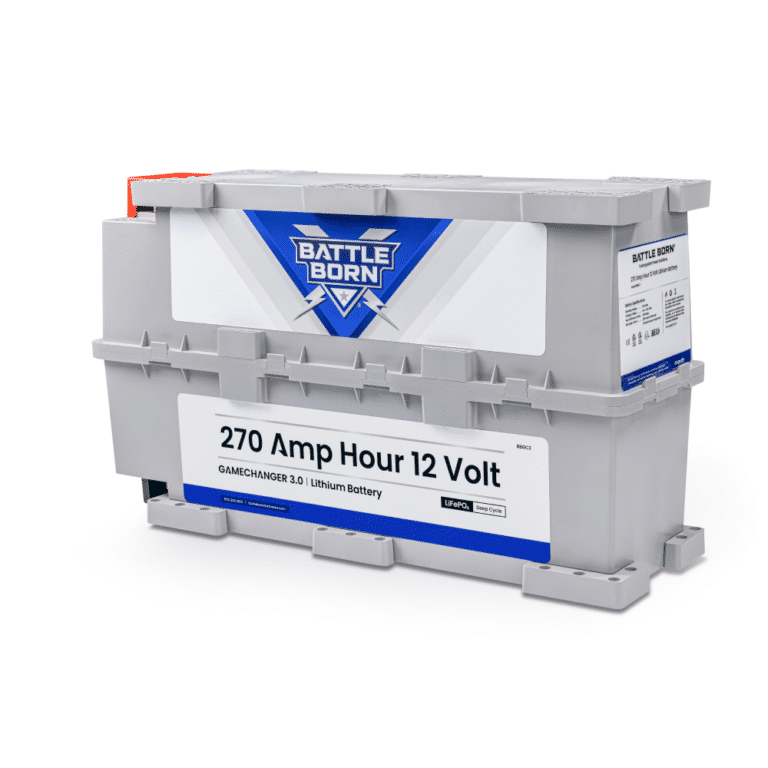
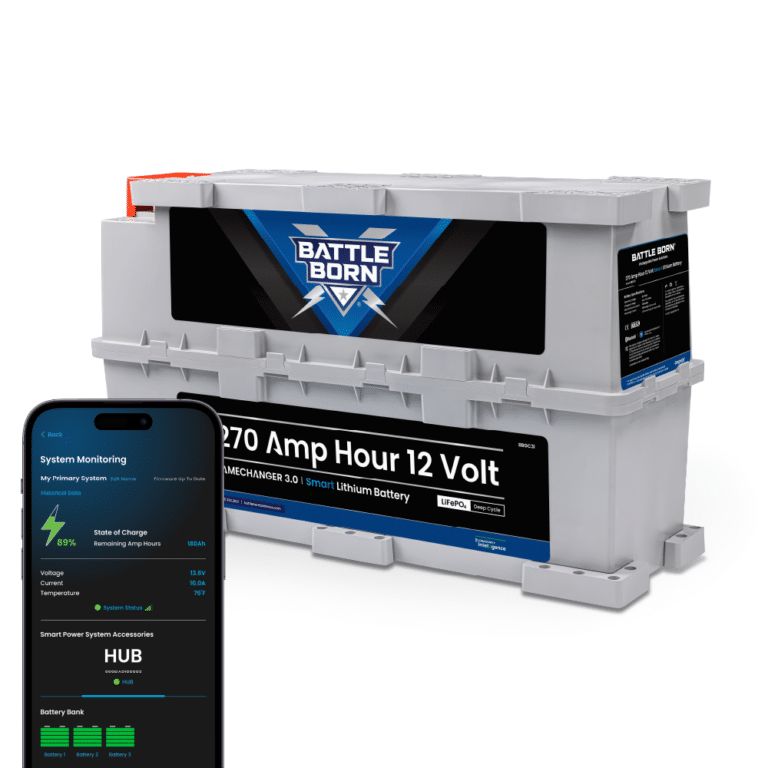
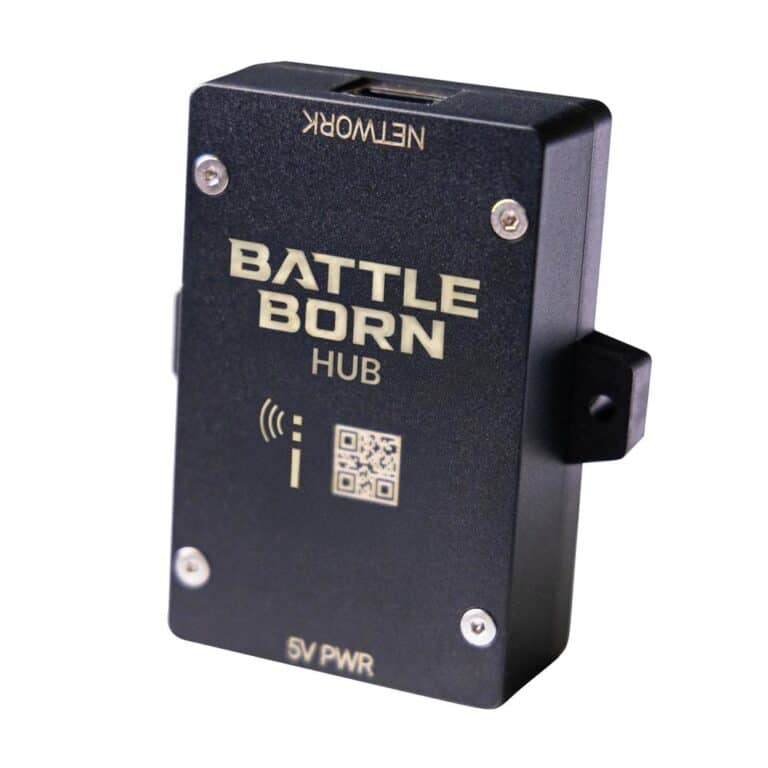
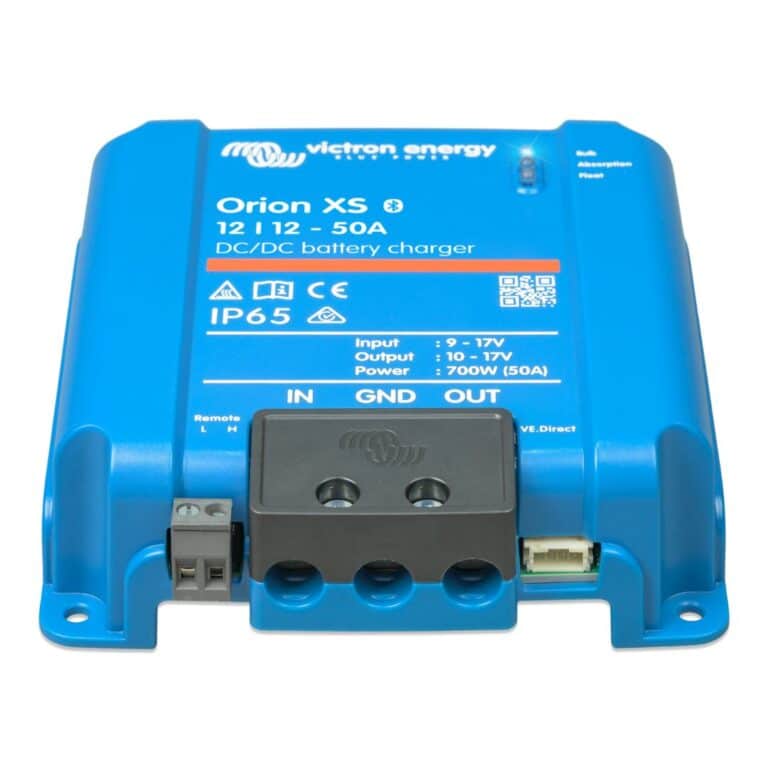
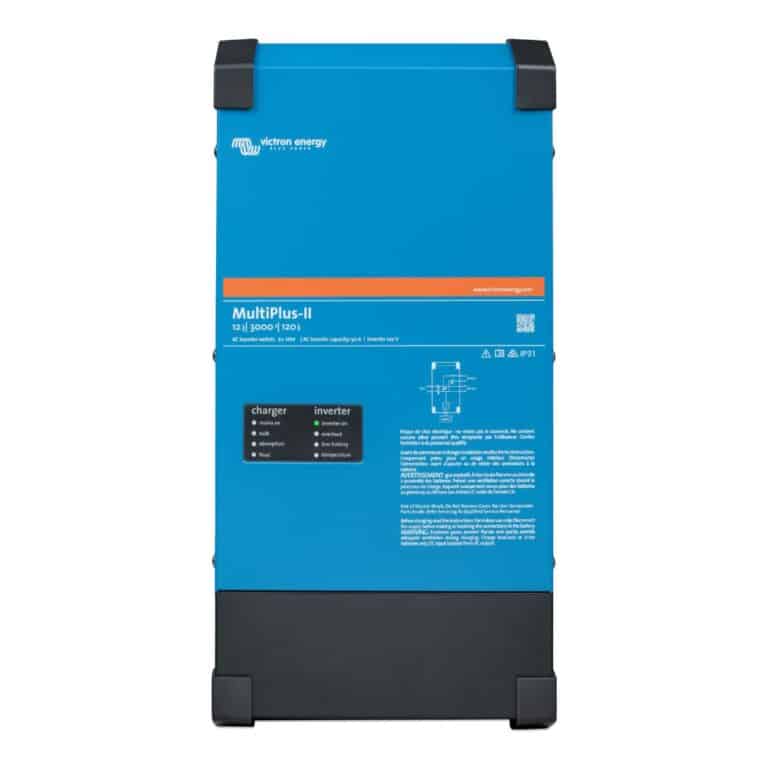
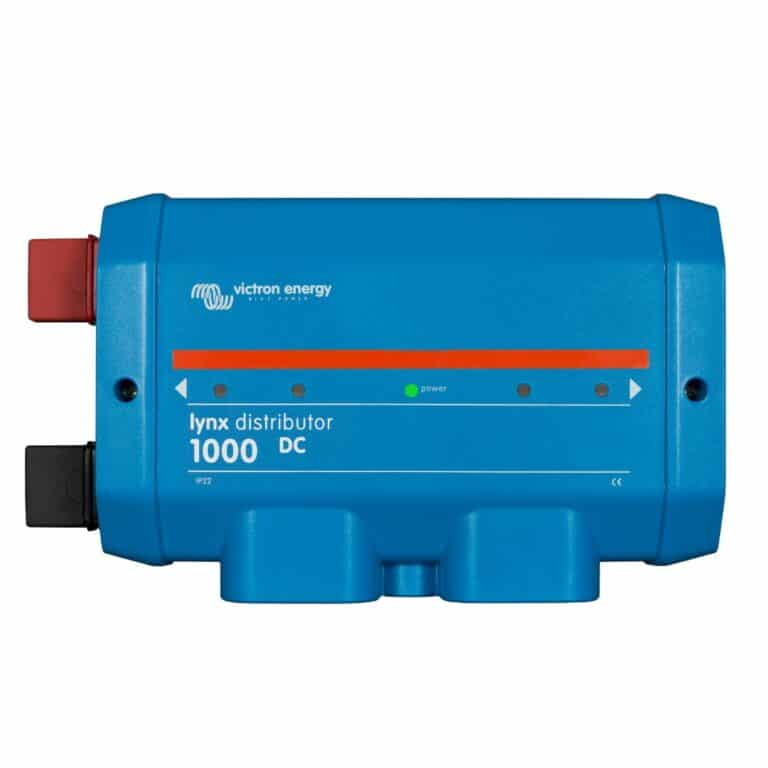
Ask a technical specialist now at 855.292.2831
Stay in the Know